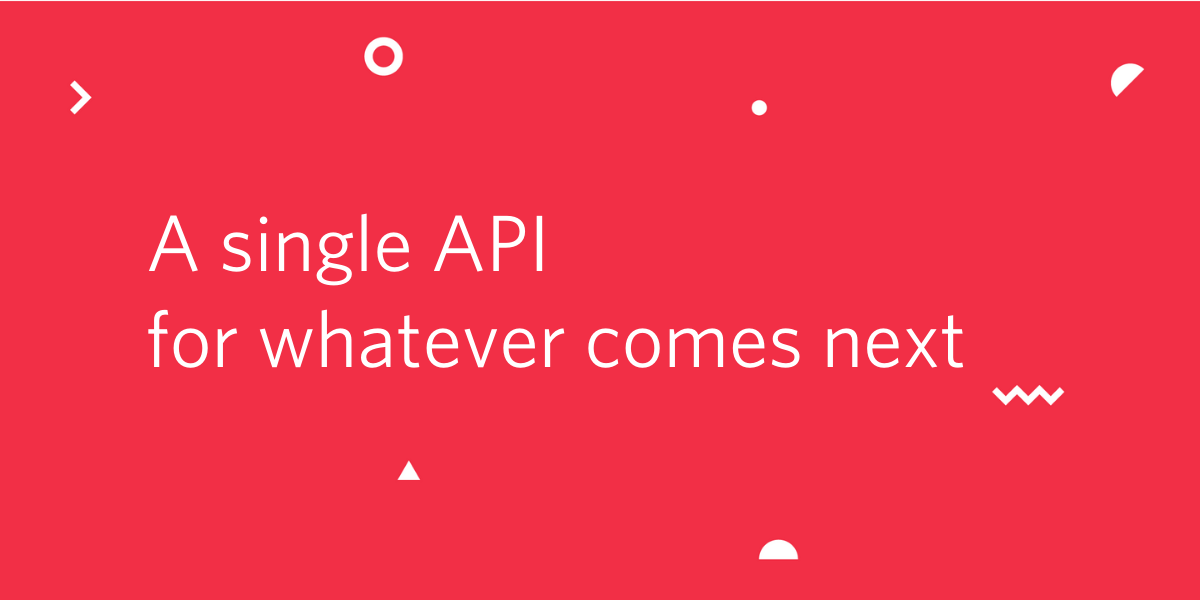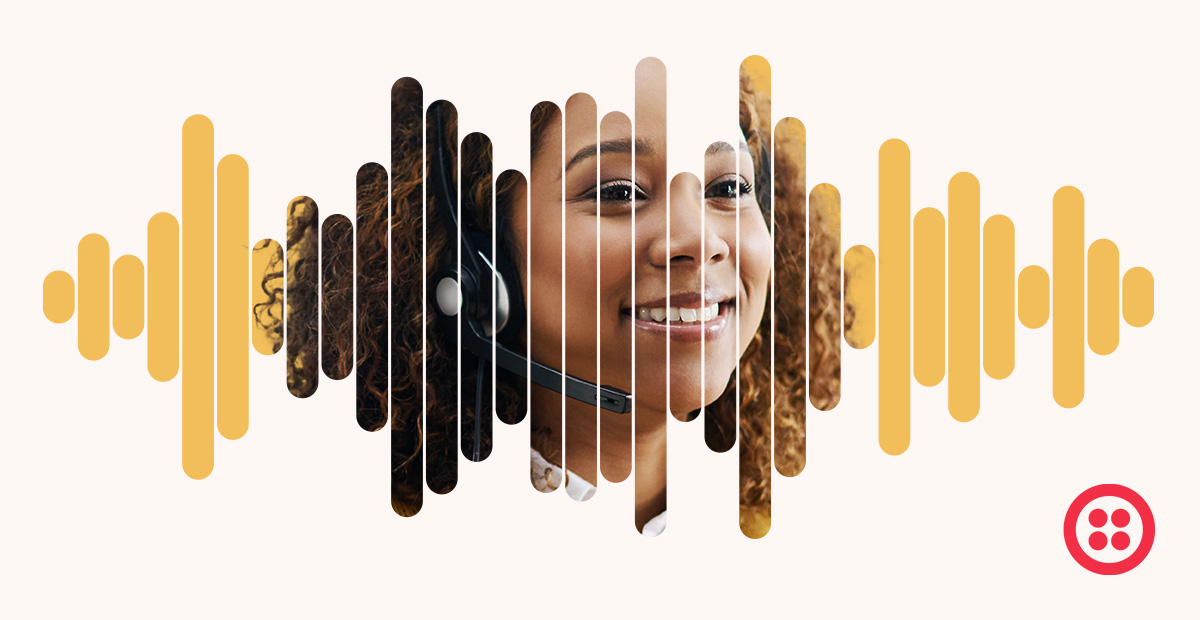Building Twilio’s next-generation Conversations API for chat (and whatever comes next)
Time to read: 4 minutes

We know how valuable in-app and web chat can be in crafting powerful customer engagement. In fact, when we launched our IP Messaging API (which later became known as Twilio Programmable Chat) in 2015, we were among the first to offer developers a fully-featured cloud-hosted chat solution with reliable APIs and SDKs.
Since then, we’ve seen tens of millions of monthly active chat users interacting on Twilio – building communities, solving customer issues, and connecting with one another around the world. When the world as we know it came to a standstill at the height of the pandemic, developers deployed chat and other messaging-based channels to help distributed teams respond to customer queries and stay connected. The power of chat is only continuing to grow, as we found in the 2021 State of Customer Engagement Report. More than any other channel, over a third of businesses surveyed said they plan to add live chat in the next 12 months.
Code is creative and the power of APIs, after all, is being able to build a connected experience with a few lines of code. We believe APIs should unlock that creativity, allowing developers to build an application that is as close to future-proof as possible – offering support for emerging channels and shifting consumer preferences.
As the rest of our world becomes more and more interconnected, why should businesses confine their customers to a siloed chat solution? Listening to our community of more than 10 million developers, we launched the Conversations API as our next-generation chat API. Our goal was to ensure our conversational messaging solution didn’t fall into the trap of only solving a portion of the equation, requiring developers to spend additional time building out new functionality, or having to rip and replace a solution as consumer preferences evolve. (The third option, not responding to consumer channel preferences is a surefire way to lose customers).
Since launching the Conversations API, our team has been hard at work ensuring that the functionality developers most relied on to power their use cases carried over seamlessly from Programmable Chat when upgrading to the Conversations API. This upgraded experience also includes new features like states and timers to better manage conversations, improved client-side iOS, Android, and JavaScript SDKs, HIPAA compliance, and multichannel features like native group texting (we think this one is super cool).
Choice matters
Given the success enterprises and developers of all backgrounds have had using Programmable Chat, you might ask why we decided to launch this next generation API. The answer is simple: people want choices.
Even the best-designed chat application either requires a webpage or an application download with push notifications enabled. In the shift to virtual-first, there’s also been an increase in channels offered to consumers, with more than a third of businesses adding new digital channels in the last year. While forcing customers to download an app may have been an option in the past, today’s businesses must innovate to compete.
Innovators have found that there’s real value in building a multichannel conversational experience.
For customer care use cases, consumers can communicate over a preferred channel, increasing CSAT, while employees are enabled with a compliant web or mobile app view, improving efficiency and on-brand communications. Considering 87% of consumers surveyed expect a connected experience across channels, this will quickly become a need as nearly every interaction becomes virtual-first.
In community use cases where chat is used to connect users over a given topic, providing users with a channel choice helps to keep them close to the community. For instance, using SMS and other channels allows users to see the value of the community before they’ve made the leap to download an app, and provides accessibility to non-smartphone users. This is both a solid user acquisition strategy and improves the likelihood of those being active users. Those same channels are also useful for reengagement when a user hasn’t logged in or is inactive for a period of time.
Being multichannel isn’t about being on every channel, at all times. Instead, it’s about ensuring that you can offer a consistent experience across channels as consumer preferences evolve.
Architected differently, from the ground up
Speaking of evolving consumer preferences, we also know that the work required to stay relevant and on top of trends. In the past, the work of bridging unwieldy systems and channels would fall to developers. Providing a modern conversational experience would require adding support for additional channels, building orchestration logic, managing states, and connecting systems.
We set out to build Twilio Conversations to support cross-channel messaging, based on our Programmable Chat architecture, in a way that would reduce that development time, and ensure that as new channels became relevant, they could easily be added to your application. To help you navigate the complexities and differences between those channels, the same Messaging Service features you rely on to power other messaging use cases also work with Twilio Conversations for SMS and WhatsApp. It was essential that the core concepts of the API treated every channel as equal, rather than afterthoughts.
Connecting and orchestrating across those channels is the Conversation Resource. You can think of the Conversation Resource as a room, linking together thousands of participants, each with a unique channel preference and identity.
Rather than keeping the WhatsApp room separate from the chat or SMS rooms, Conversations brings it together, automatically proxying conversations between participants. Whether it’s a customer care scenario where agents and employees field inquiries over webchat, while consumers respond over SMS or WhatsApp, in-app chat, or a large online conversation paired with a video event (perhaps built within minutes with our Open Source ReactJS app), every participant can choose their preferred channel.
This ability to cater to preferences and rapidly scale supports tens of millions of users each and every month, and scale and stability are an essential commitment to our developer community. As new channels hit the market, they’ll also become part of the conversation helping to future-proof your application and your users’ interactions with your business.
Ready for what comes next
With the Conversations API, chat is here to stay, but you’ll also be ready for whatever comes next. Go ahead and give it a try. We can’t wait to see what you build.
-
Launch your own video app with text-based chat in minutes with Twilio Video and Conversations
-
Build a Multi-Room Web Chat Application with Flask, React and Twilio Conversations
Hagit Merhavi is a Director of Product Management at Twilio, where she works to empower (mostly) human connections over various channels with the Conversations API and Twilio Frontline. Prior to Twilio, Hagit worked in building youth communities and in the video conferencing space.
Related Posts
Related Resources
Twilio Docs
From APIs to SDKs to sample apps
API reference documentation, SDKs, helper libraries, quickstarts, and tutorials for your language and platform.
Resource Center
The latest ebooks, industry reports, and webinars
Learn from customer engagement experts to improve your own communication.
Ahoy
Twilio's developer community hub
Best practices, code samples, and inspiration to build communications and digital engagement experiences.


